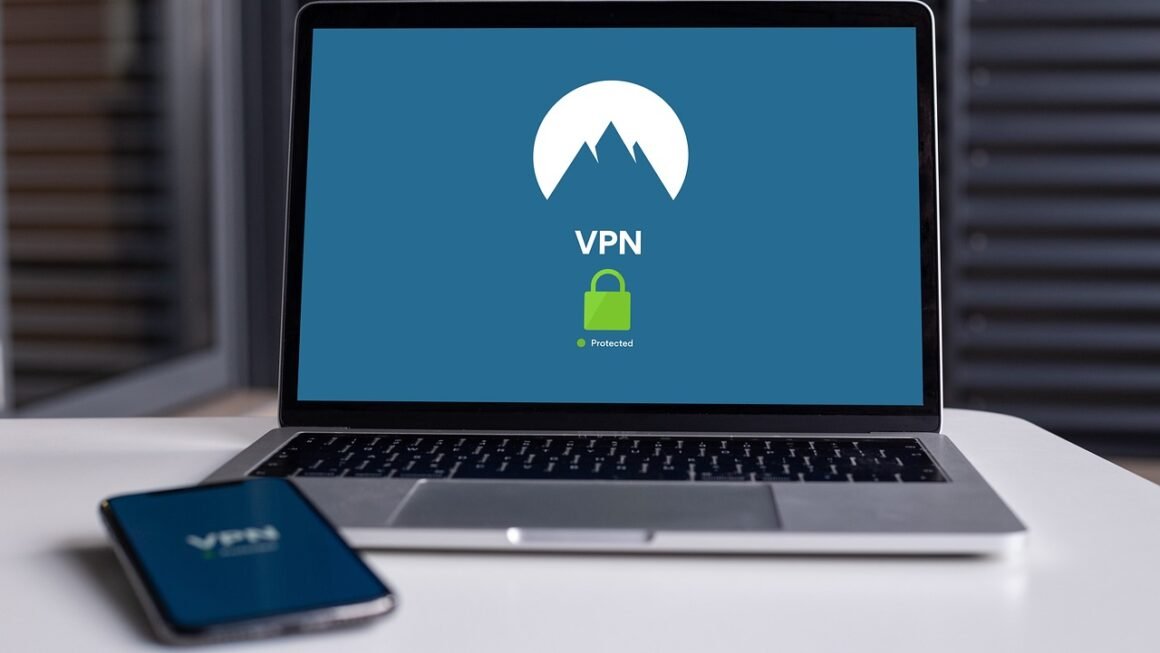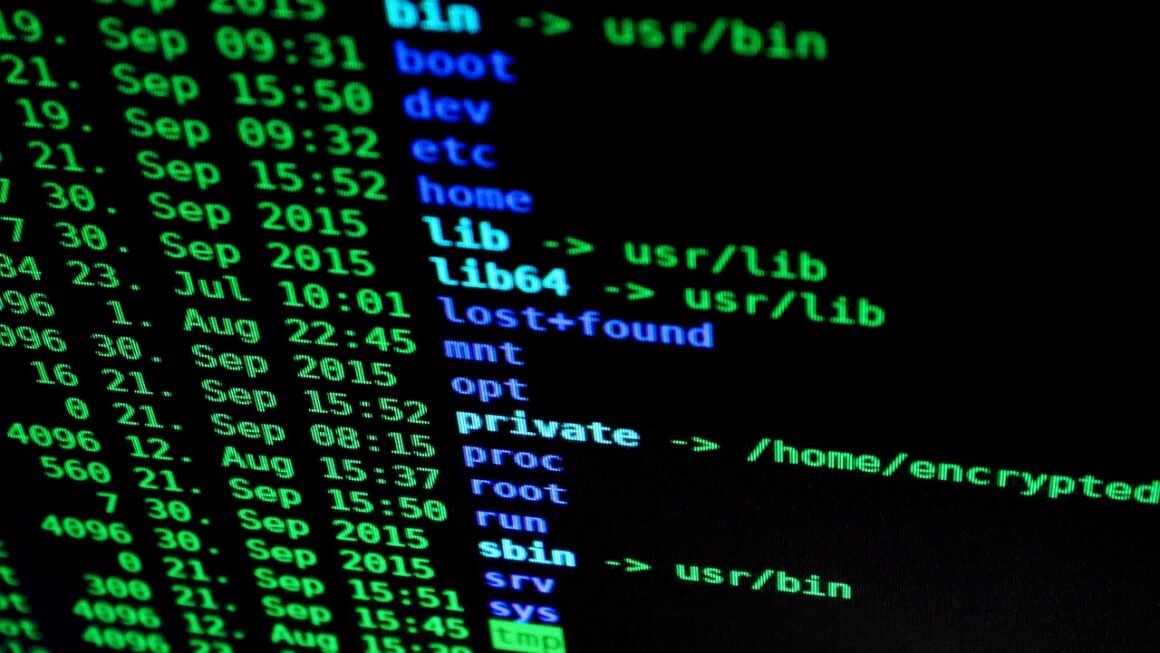Protecting your network is no longer confined to securing the perimeter. In today’s dynamic threat landscape, every device connecting to your network – from laptops and smartphones to servers and cloud instances – represents a potential entry point for cyberattacks. This is where endpoint security comes in. This blog post delves into the essential aspects of endpoint security, exploring its importance, key components, implementation strategies, and future trends. By understanding these facets, you can strengthen your organization’s defense and mitigate the risks associated with increasingly sophisticated threats.
What is Endpoint Security?
Defining Endpoint Security
Endpoint security, also known as endpoint protection, is a comprehensive approach to securing devices that connect to a corporate network. It’s a strategy for protecting business networks when accessed by remote devices such as laptops, tablets, and smartphones. In essence, it extends security beyond the traditional network perimeter to each individual endpoint.
Think of it like this: your network is a castle. Traditionally, you’d focus on the castle walls (firewalls). Endpoint security is like arming each individual knight (endpoint) with their own shield and sword, enabling them to defend themselves even if the castle walls are breached.
Why is Endpoint Security Important?
Endpoint security is critical because:
- Increased Number of Endpoints: The proliferation of devices connecting to networks (IoT, BYOD) increases the attack surface.
- Remote Work: The rise of remote work has expanded the perimeter beyond the traditional office.
- Sophisticated Threats: Modern malware and attacks are designed to bypass traditional security measures.
- Data Breaches: Compromised endpoints are often gateways to larger data breaches. A single vulnerable laptop can give attackers access to sensitive company data, customer information, and intellectual property. The average cost of a data breach continues to climb, making proactive endpoint security a financially prudent investment.
- Compliance Requirements: Many industries are subject to strict data security regulations (HIPAA, PCI DSS, GDPR), which require robust endpoint protection.
Statistics Highlighting the Need for Endpoint Security
Consider these alarming statistics:
- According to Verizon’s Data Breach Investigations Report (DBIR), endpoints are frequently involved in data breaches.
- A significant percentage of malware infections originate from user actions on endpoints, such as clicking malicious links or opening infected attachments.
- The average cost of a data breach caused by a compromised endpoint is substantial.
Key Components of Endpoint Security Solutions
Antivirus and Anti-Malware
At the core of endpoint security is robust antivirus and anti-malware protection. This involves:
- Signature-Based Detection: Identifying known malware based on predefined signatures.
- Behavioral Analysis: Detecting suspicious activity and patterns that indicate malware, even if the specific malware is unknown. For example, rapidly encrypting a large number of files might trigger a ransomware alert.
- Heuristic Analysis: Analyzing code for suspicious instructions and characteristics.
- Real-time Scanning: Continuously monitoring files and processes for malicious activity.
Endpoint Detection and Response (EDR)
EDR goes beyond traditional antivirus by providing:
- Continuous Monitoring: Monitoring endpoint activity for suspicious behavior.
- Threat Intelligence: Leveraging threat intelligence feeds to identify and respond to emerging threats.
- Automated Response: Automatically isolating infected endpoints, blocking malicious processes, and cleaning up malware. For instance, if an EDR solution detects a suspicious file being downloaded from an untrusted source, it can automatically block the download and quarantine the file.
- Forensic Analysis: Providing tools for investigating security incidents and identifying the root cause.
Data Loss Prevention (DLP)
DLP helps prevent sensitive data from leaving the organization by:
- Monitoring Data in Use: Tracking how users access and interact with sensitive data.
- Monitoring Data in Motion: Inspecting data being transferred over the network, email, and other channels.
- Monitoring Data at Rest: Protecting sensitive data stored on endpoints and in the cloud. For example, DLP can prevent employees from copying sensitive customer data to USB drives or sending it via unencrypted email.
Firewall and Intrusion Prevention Systems (IPS)
While not always considered strictly endpoint security, firewalls and IPS often play a role in endpoint protection by:
- Controlling Network Traffic: Blocking unauthorized access to endpoints.
- Detecting and Preventing Intrusions: Identifying and blocking malicious network activity.
Device Control
Device control limits the use of unauthorized devices on the network, preventing the introduction of malware and the exfiltration of data.
- Blocking USB Drives: Preventing the use of unapproved USB drives, which can be a common source of malware infections.
- Controlling Peripheral Devices: Limiting access to printers, scanners, and other peripheral devices.
Implementing Endpoint Security
Risk Assessment
Before implementing any endpoint security solution, it’s crucial to conduct a thorough risk assessment. This involves:
- Identifying Assets: Determining which endpoints are critical to the business.
- Identifying Threats: Understanding the threats that target endpoints.
- Assessing Vulnerabilities: Identifying weaknesses in endpoint security.
- Prioritizing Risks: Focusing on the most critical risks first.
Selecting the Right Solutions
Choosing the right endpoint security solutions depends on the organization’s specific needs and risk profile. Consider factors such as:
- Scalability: Can the solution scale to accommodate future growth?
- Integration: Does the solution integrate with existing security infrastructure?
- Ease of Use: Is the solution easy to deploy and manage?
- Performance Impact: Does the solution impact endpoint performance?
- Cost: What is the total cost of ownership?
Deployment and Configuration
Proper deployment and configuration are essential for effective endpoint security. This includes:
- Centralized Management: Using a central management console to deploy and manage endpoint security agents.
- Policy Enforcement: Enforcing consistent security policies across all endpoints.
- Regular Updates: Keeping endpoint security software up-to-date with the latest threat definitions.
Training and Awareness
User training and awareness are crucial for preventing endpoint security breaches. Educate users about:
- Phishing Scams: How to identify and avoid phishing emails and websites.
- Malware Threats: The risks of downloading files from untrusted sources.
- Password Security: The importance of using strong and unique passwords.
- Social Engineering: How to recognize and avoid social engineering attacks.
Best Practices for Endpoint Security
Patch Management
Regularly patching operating systems and applications is crucial for closing security vulnerabilities. A staggering number of attacks exploit known vulnerabilities that have already been patched. Automating the patch management process can significantly reduce the risk of exploitation.
Strong Authentication
Implementing strong authentication methods, such as multi-factor authentication (MFA), can prevent unauthorized access to endpoints. MFA requires users to provide multiple forms of identification, such as a password and a code from their smartphone.
Network Segmentation
Segmenting the network can limit the impact of a security breach by preventing attackers from moving laterally across the network. For example, isolating sensitive data on a separate network segment can prevent attackers from accessing it if they compromise an endpoint on a less secure segment.
Regular Security Audits
Conducting regular security audits can help identify weaknesses in endpoint security and ensure that security controls are effective. These audits should include vulnerability scanning, penetration testing, and security policy reviews.
Incident Response Plan
Having a well-defined incident response plan is essential for responding to security breaches quickly and effectively. The plan should outline the steps to take when a breach occurs, including identifying the affected endpoints, containing the breach, eradicating the malware, and recovering data.
The Future of Endpoint Security
AI and Machine Learning
AI and machine learning are playing an increasingly important role in endpoint security by:
- Improving Threat Detection: Identifying sophisticated threats that traditional security measures miss.
- Automating Response: Automatically responding to security incidents.
- Predictive Security: Predicting and preventing future attacks.
Cloud-Based Endpoint Security
Cloud-based endpoint security solutions are becoming increasingly popular due to their scalability, ease of management, and cost-effectiveness. These solutions offer centralized management, real-time threat intelligence updates, and automated response capabilities, all delivered from the cloud.
Zero Trust Security
The zero trust security model assumes that no user or device is inherently trusted, regardless of whether they are inside or outside the network perimeter. This approach requires strict authentication and authorization for every access request, reducing the risk of unauthorized access.
Conclusion
Endpoint security is a critical component of any organization’s overall security posture. By understanding the key components of endpoint security solutions, implementing best practices, and staying abreast of future trends, organizations can effectively protect their endpoints and mitigate the risks associated with increasingly sophisticated threats. Investing in robust endpoint security is an investment in the long-term security and resilience of your business.



